Quicktime Virtual Reality Panoramas are immersive scenes that show a 360deg view of one’s surroundings. There are high-end solutions for creating these scenes that utilize special optics and tripods but you can also create a decent one using the digital camera you already own. I’m down in Mexico once again working from the road and enjoying spring break. My buddy Dave has a beach house here in Rosarito and a few of us shot this QTVR last night from his rooftop:
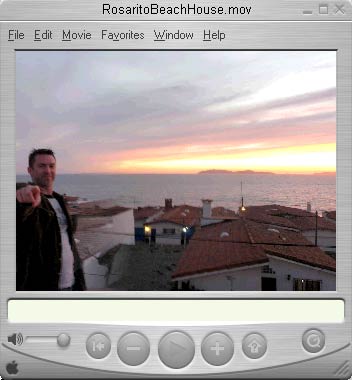
- Setup the scene – You’re going for 30deg separation on each shot – you need a way of aligning the scene so you can shoot 12 images equidistant around the “clockface” where you are standing. If you’re in sand you can actually draw a clockface on the ground and align each shot on its corresponding numeral, otherwise you’ll need to find orthogonal objects to give you a reference for the “12, 3, 6 and 9” positions and estimate 1/3rd the distance between each for the intermediary pics. I was standing on tile so that made it easy.
- Shoot the pics – the goal is to produce a sequence of images in perfect vertical alignment with a minimal change in brightness amongst each pic. Hold the camera vertically, focus and shoot one pic on each of the twelve numerals of the clockface. If you’re on a slope, you want the camera perpendicular to the sky and not to the slope (if you position relative to the slope you’ll end up with a QTVR that looks like a sine curve). I generally disable the flash unless there’s bright sunlight raking from an angle and you need to compensate for the objects in shadow. You want to hold the camera at the same vertical height as you spin around.
- Produce the movie – there are tons of options but I found a $70 shareware windows app called Panorama Factory by Smoky City Design that does an amazing job of intelligently splicing the photos to produce the final scene. Import the twelve photos you just shot into the program and follow the cues in the wizard using all the standard defaults. You’ll need to rotate your sequence of images unless your digital camera does this automatically for you – Panorama Factory has an option on import to do this automatically. You’ll step through a series of about 6 screens on the wizard and arrive at a point where it lets you save the final image. Choose the QTVR option and jpg compression and adjust the slider for quality depending on the delivery format (CD or Web) and how small you want to make the final file.
That’s it. Once you perfect the process of creating the QTVR, try experimenting with the advanced hotspot features to create a series of linked scenes that make a full virtual tour. Some camera vendors bundle QTVR software with their products – it’s probably a good idea to check the software that came with your camera before buying anything extra.
© 2005 Lights Out Production – All Rights Reserved Worldwide

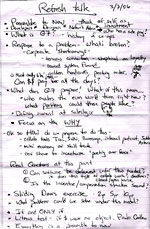
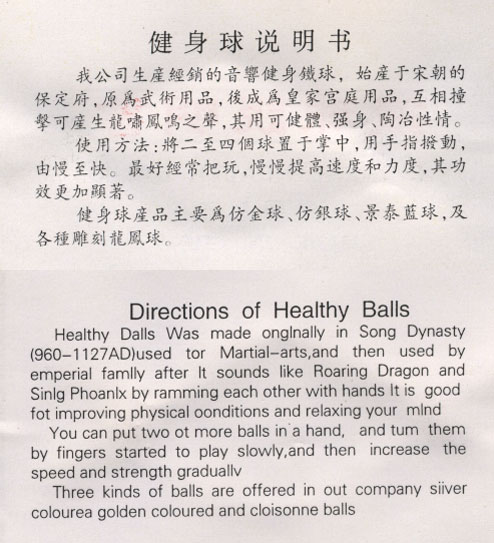


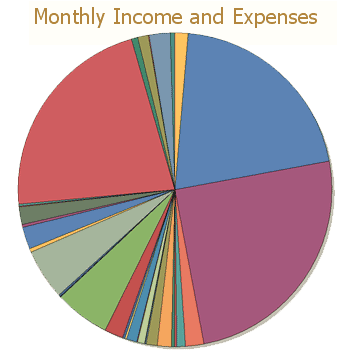
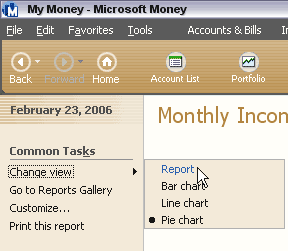
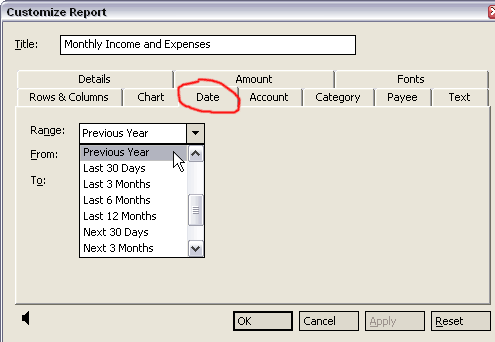
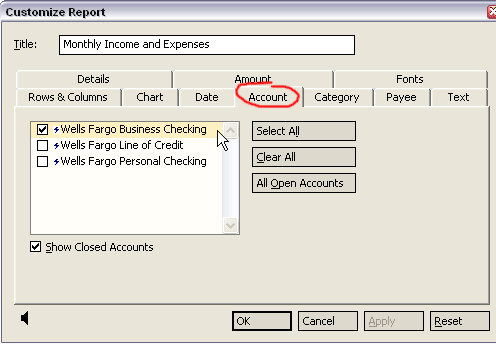
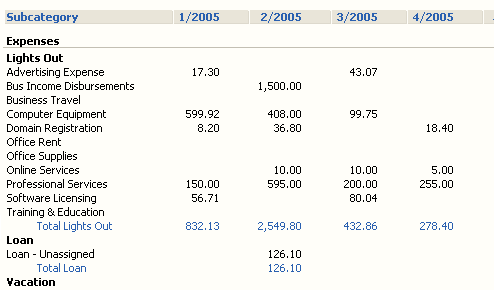
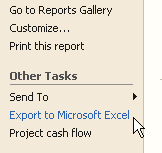
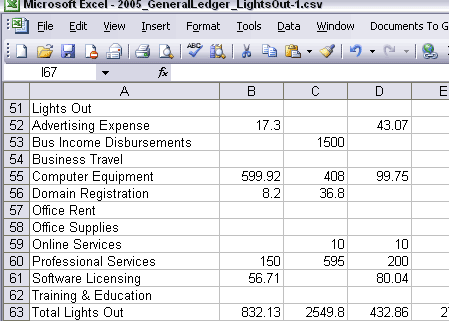
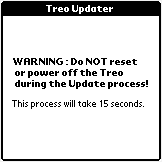


 At least then I would feel like it was being straight up with me. I’m hesitant to go back to the Cingular store tomorrow as last time I was there their idea of custotmer service was spelling out the URL of the support site for me. And all in all, I have found Cingular’s service to be infinitely better than
At least then I would feel like it was being straight up with me. I’m hesitant to go back to the Cingular store tomorrow as last time I was there their idea of custotmer service was spelling out the URL of the support site for me. And all in all, I have found Cingular’s service to be infinitely better than 




